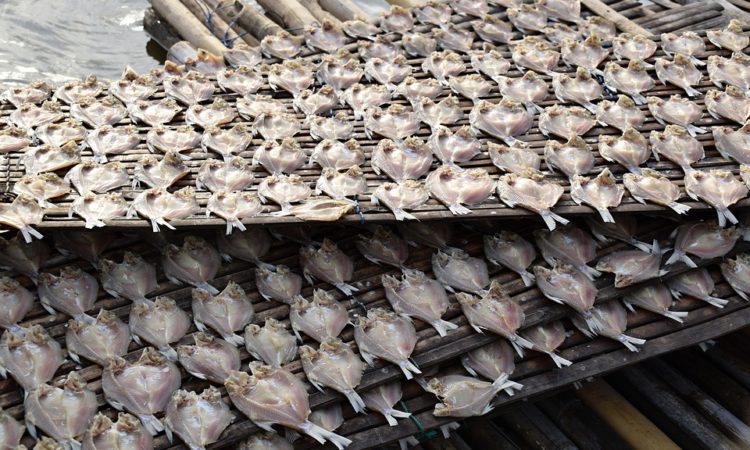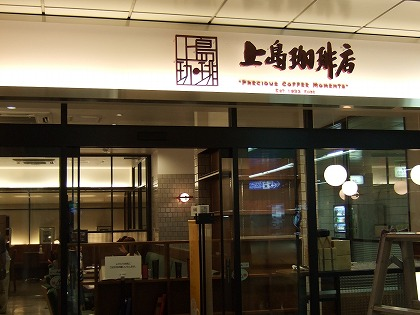Northern Japan, particularly Hokkaido and the prefectures located in the Tohoku region, become frigidly cold during the winter months. At the very top of Japan’s main island Honshu, Aomori, the prefecture, has an average annual snowfall of 263.4 inches (669 cm). To combat the cold or simply enjoy a hearty tradition, the people of Northern Japan dig into a local speciality – the subject of this article – kiritanpo nabe.
The Birthplace of Kiritanpo Nabe
Akita Prefecture is located just under Aomori, the kanji in its name translating to “autumn fields.” The largest city in Akita Prefecture is its capital Akita City, with a population of 307,940 in 2019. Comparing that to some of the largest cities in Japan, such as Tokyo, Osaka, Fukuoka, and Kobe, all with populations well exceeding one million, Akita Prefecture remains in the category many Japanese would call “countryside.”

However, this also brings a sense of warmth and community. When the scenery turns into a winter wonderland with an average temperature hovering around freezing, locals turn to one of Akita’s most famous cuisines – kiritanpo nabe.
What is Kiritanpo?
Kiritanpo refers to the stick of rice, where cooked rice has been moulded onto the sticks until it resembles cattail reeds. The sticks are then gently toasted until they get a nice golden-brown colour on the surface.

For a truly traditional experience, you may see these rice sticks roasted around a sunken hearth. In the middle, a pot of nabe warms in an iron pot hanging from the roof over the embers. Putting rice sticks into the hotpot is what makes it kiritanpo nabe.
The Beginning of Kiritanpo Nabe
There are two theories about where the “tampo” in “kiritanpo” came from. The first is its resemblance to “tanbo,” cylindrical hot-water holders from ancient China used to warm hips and feet. The second is the word “tanho”, referring to rounded items.

It is widely believed that kiritanpo originated in the Hinai area (around what is now Odate City and Kazuno City). Farmers secluded in the mountains to carry out tasks such as charcoal-making and hunting would use the rice sticks as an offering to the Gods, and it is said that it became a food dish when they started eating it with miso paste and sticking it into nabe hot pots. When farmers from long ago would finish all their autumn agricultural work in the fields, they would head into the mountains with rice, miso, and chicken so they could hole up to do the other tasks mentioned earlier. They would use their leftover rice by rolling it up, wrapping it around the sticks, and putting it into their chicken nabe.
No matter the exact origin of this dish, it is related to the long-standing custom of families getting together to celebrate finishing a harvest.

Kiritanpo nabe is well-known throughout Japan, and what better time to enjoy a steaming bowl of hearty soup filled with chicken, rice, and vegetables than in wintertime?
Want to Try Kiritanpo Nabe for Yourself?
If you have time to make it up to the Tohoku region, especially Akita (be careful, it is COLD up there!), you should surely put kiritanpo nabe on your itinerary! Below are a couple of our recommendations in Akita Prefecture:
Akita Kiritanpoya (秋田きりたんぽ屋)
Address: 2 Chome−7−6, Nakadori, Akita
Hours: Monday Saturday 17:00 ~ 24:00
Holidays 11:30~15:00 and 17:00~24:00
Price of Kiritanpo Nabe: ¥1,738
Chawan-ya (ちゃわん屋)
Address: 4 Chome 2-7 Omachi, Akita
Hours: 17:00 ~ 23:00
*Closed on Mondays
Price of Kiritanpo Nabe: ¥1,400 (for one portion)
If you can’t make it up to the birthplace of Akita, you can check out these speciality Akita cuisine locations in Tokyo instead!
Akita Bisaikan Dining (あきた美彩館ダイニング)
Address: Wing Takanawa West-III, 4 chome-10-8 Takanawa, Minato-ku, Tokyo
Hours: 11:00 ~ 15:30 (last order 14:30) / 17:00 ~ 22:00 (last order 21:00)
“It’s like stepping into Akita”
They sell Akita goods as well as have a dining area!
Oga-Hanto Honten (男鹿半島本店)
Address: 3 Chome-5-1 Botan, Koto-ku, Tokyo
Hours: 17:00 ~ 23:00 (last order 22:00)
They have a sharing course that changes seasonally, that can be enjoyed from a group of two!
Website (Japanese with a machine-translated English version)
You’ve Got to Try Kiritanpo Nabe!
Trying different regional dishes of Japan is a great way to learn more about the culture! Whether you’re planning a trip to North Japan, or want to try something new and take a culinary journey without leaving Tokyo, a pot of kiritanpo nabe is the way to go!
More reads:
- 3 Easy Japanese Winter Recipes: Mochi Edition
- Enjoying Nabe This Winter: A Japanese Tradition
- Nihonshu Crash Course: What You Need to Know About Japanese Nihonshu
- Horse Sashimi VS Chicken Sashimi, Unique Sashimi in Japan
- Kyushu Food Guide: 5 Famous Japanese Dishes From Kyushu
This article was originally posted on Feb 1, 2020 and edited, renewed and reposted on Jan, 18 2022





